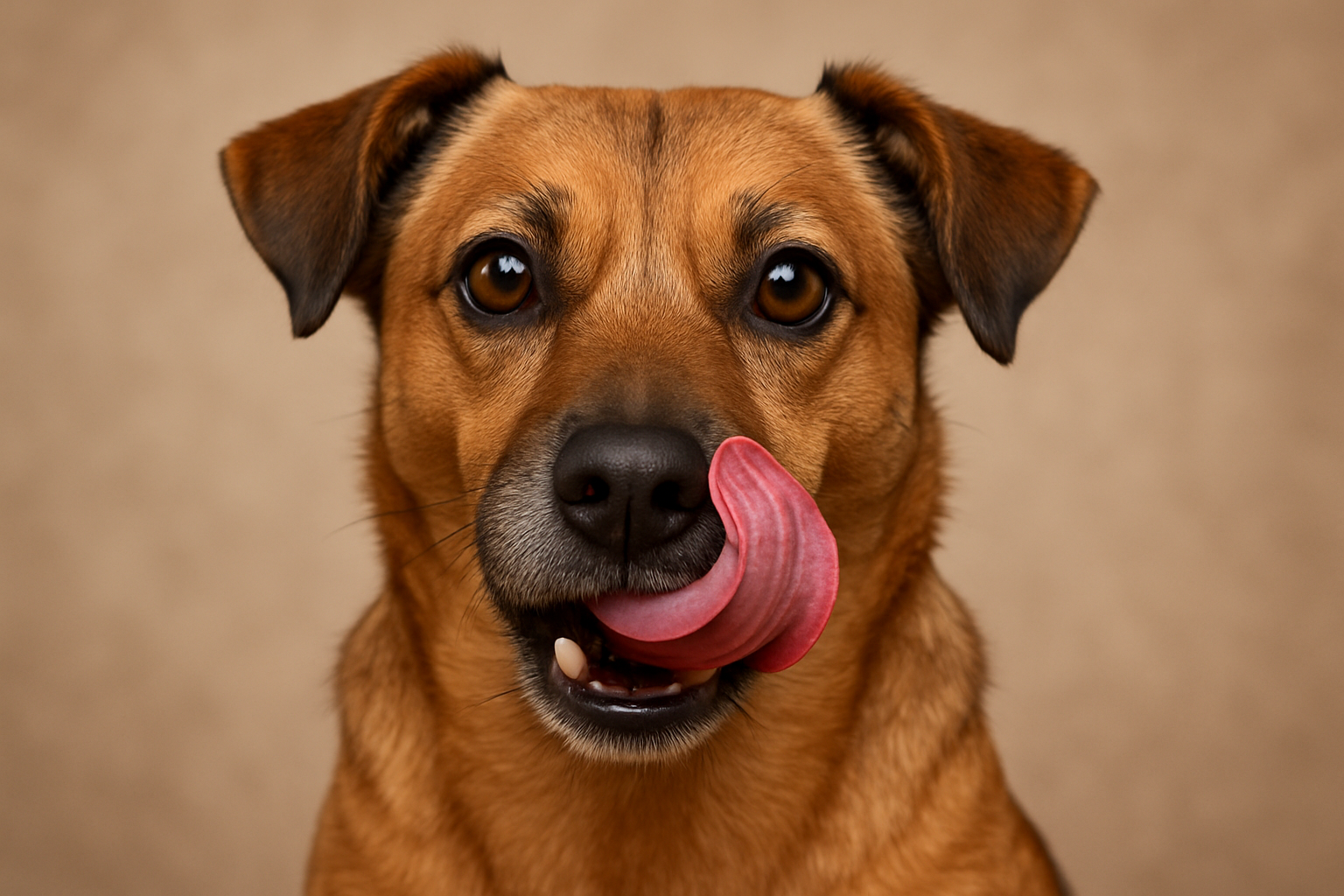It’s important to understand a dogs behavior is NOT their personality.
A dog who is reactive, fearful, or has a bite history isn’t a “bad” dog. It means they need understanding, structure and support to work through their emotions. Unfortunately for some, trauma is deep rooted and has gone unaddressed for too long.
Taulbee, male | 3 years old
Cincinnati Animal CARE
photo credit: Second Shot
Why does my dog growl or snap?
There’s many reasons why a dog would growl or “snap”. Here are some common reasons and what they could mean.
Fear/ Stress: “I’m scared.” or “I need space”
Often a reaction to being cornered, surprised, overwhelmed or just uncomfortable.Pain/Discomfort: “That hurts.” or “Don’t touch me”
Dogs may growl or snap if they’re injured, sick or sore. If you notice a change in your dogs behavior, first step is always to check for ear infections or UTI’s.Guarding Resources: “That’s mine-please don’t take it”
Common with food, toys, beds, couches, people or space.Overstimulation/Frustration: “I can’t handle any more right now.”
Happens when a dog gets too wound up or pushed too far. If your dog lacks the ability to regulate their emotions in these moments, it can result in an outburst.Communication Before A Bite: these are early warning signs given by dogs to avoid biting. If these behaviors are punished, a dog might skip the warning and go straight for a bite.
Salisbury, 5 Years old
Cincinnati Animal CARE
Photo Credit: Second Shot
Why does my dog bark at other dogs/people?
Again, there are many reasons that causes a dog to bark. For some dogs, it’s just their nature to be more vocal. Here are some common things your dog could be trying to communicate with you:
Fear/ Uncertainty: “You’re too close” or “I’m not sure about you”
Often paired with stiff posture, pinned ears or backing away.Frustration “I want to say hi but can’t get to you”
Common with leash reactivity when dogs are restrained.Excitement “I’m so excited and don’t know what to do with myself”
Dogs communicate with their mouths. Some breeds are more vocal than others.Territorial Behavior: “this is my space”
Seen when dogs bark at people or animals near their home, yard, car or items they see as “theirs”Lack of Socialization: “I don’t know how to handle this situation”
Dogs that haven’t been exposed to a variety of people. dogs or environments may become overly aroused and overstimulated. This is why dog parks can be incredibly dangerous.Learned Behavior: “barking gets a reaction” or “I get a treat when I bark”
If barking gets attention, makes someone go away(creating space) or a reward, your dog may be more inclined to repeat the behavior for the desired result.
Antoni, male | 4 years old
Clermont County Animal Shelter
photo credit: Second Shot
Understanding Body Lanuage
-
“I’m not sure about this.”
Dogs may lick their lips when they’re uncomfortable or trying to diffuse tension.
Yawning helps dogs release stress during confusing or high-pressure situations
-
“I’m uncomfortable”
The head turn is a subtle sign of avoidance, often used to de-escalate tension.
The body turn is a bigger cue that your dog is trying to remove themselves or create space in a stressful situation.
-
if the dog’s body goes stiff, it’s a clear sign they’re uncomfortable, fearful, or on edge.
Often seen before a growl, snap, or bite
-
“I don’t like this… please back off.”
Your dog is feeling anxious, stressed, or threatened and is on high alert.
The whites of the eyes showing with a tense, wide-eyed look
May escalate if pressure continues so please provide space.
-
A high and fast tail wag is stiff, quick, and upright. Your dog may be feeling alert, unsure, or even ready to react
A low and slow tail wag is looser, more relaxed movement. Often means your dog is calm, friendly, or submissive
-
“I’m nervous—please don’t push me.”
sows fear, anxiety, or submission
Pinned-back ears are tight and held flat against the head




